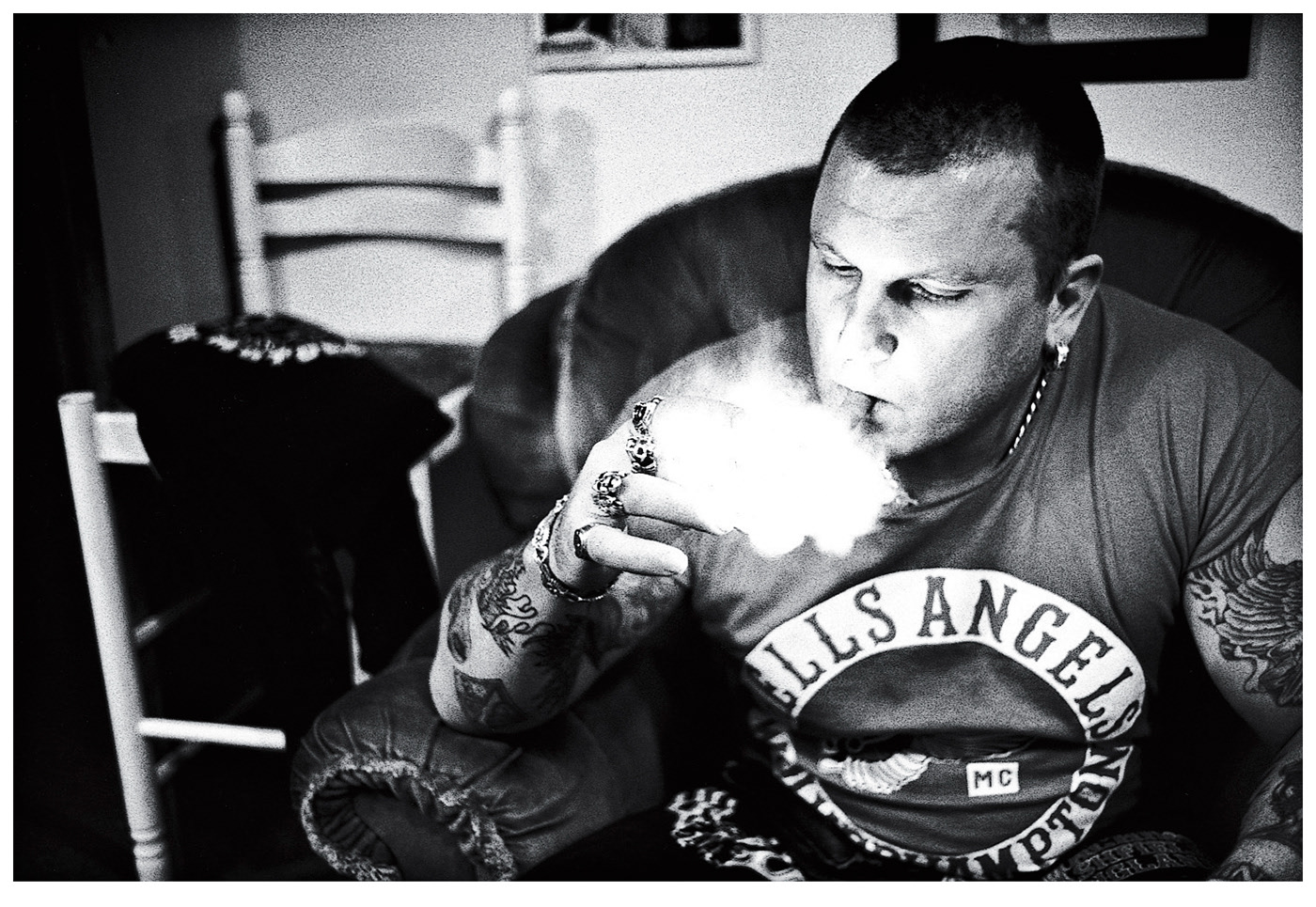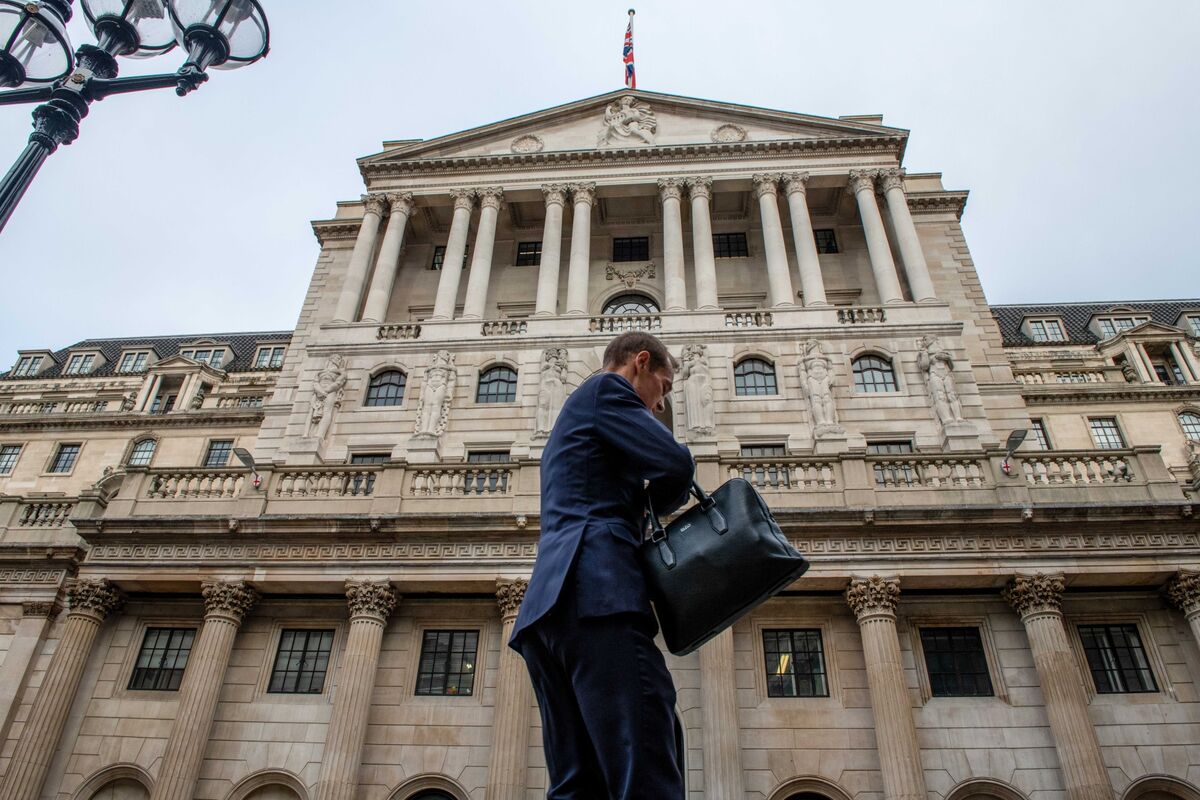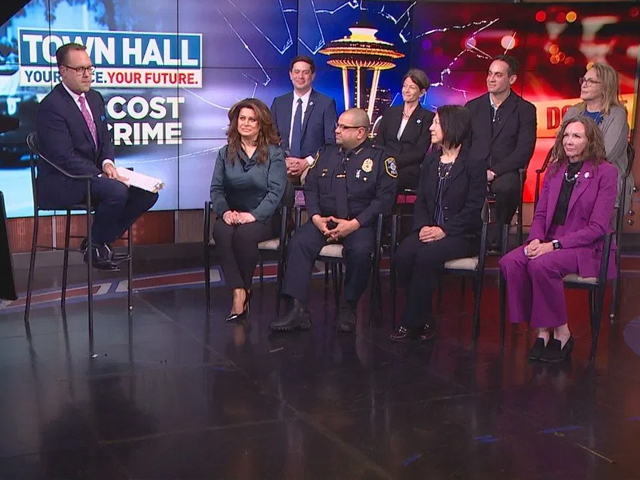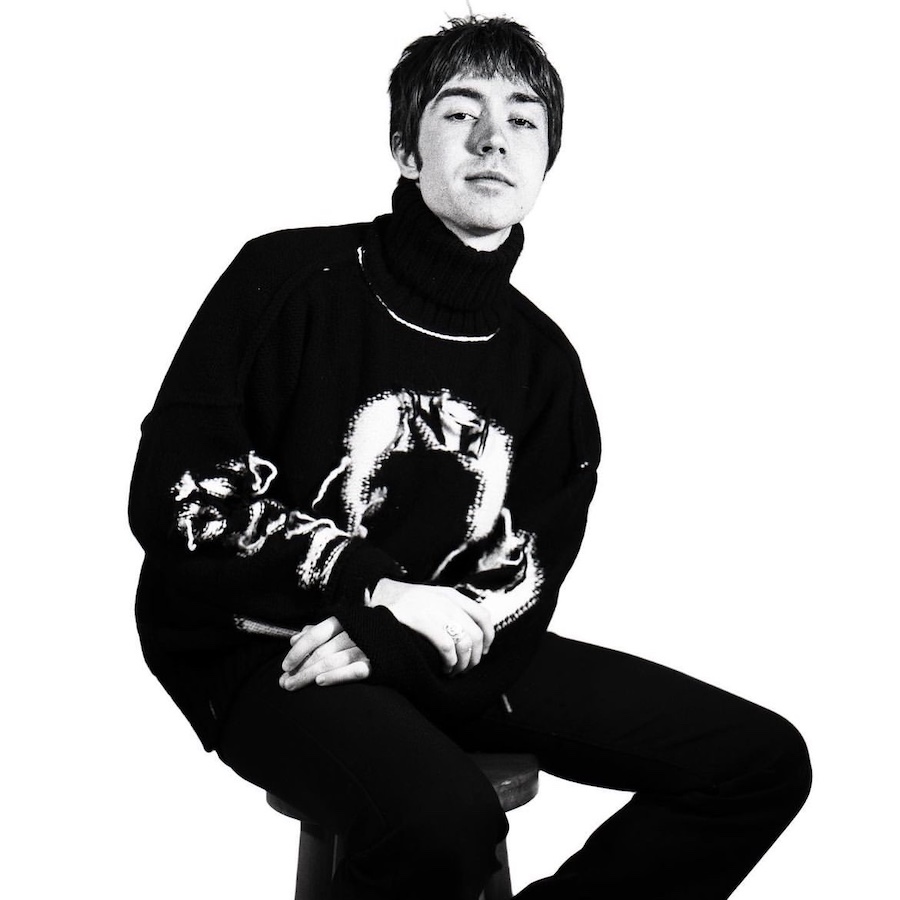Understanding The Hells Angels Motorcycle Club

Table of Contents
A History of the Hells Angels Motorcycle Club
Early Years and Origins
The Hells Angels Motorcycle Club was founded in 1948 in San Bernardino, California. Its origins lie within the post-World War II biker culture, a time of societal upheaval and a burgeoning counter-culture movement. The early members, many of whom were veterans, were drawn to the freedom and camaraderie offered by motorcycle clubs. Initial activities centered around motorcycle riding, socializing, and a rejection of mainstream societal norms.
- Founding location: San Bernardino, California
- Initial influences: Post-war disillusionment, burgeoning biker culture, a rejection of mainstream society.
- Early conflicts: Territorial disputes and clashes with other motorcycle clubs were common occurrences in the club's early years.
Expansion and Growth
From its humble beginnings in California, the Hells Angels Motorcycle Club embarked on a significant expansion across the United States and internationally. This growth involved establishing new chapters in various cities and states, strategically positioning themselves to control lucrative criminal enterprises. The club's expansion wasn't without its challenges; internal conflicts, rivalries with other gangs, and law enforcement crackdowns all threatened their growth.
- Key chapters: The club established chapters across the US and in numerous countries worldwide.
- Expansion strategies: The establishment of new chapters often involved recruiting members from existing biker groups and establishing control over specific territories.
- Challenges during growth: Internal power struggles, conflicts with rival motorcycle clubs and gangs, and increased law enforcement scrutiny hampered expansion efforts at times.
The Evolution of the Hells Angels' Image
The public perception of the Hells Angels has dramatically evolved over time. Early media portrayals often romanticized the club, focusing on the rebellious spirit and camaraderie of its members. However, as the club's involvement in criminal activities became more apparent, its image shifted dramatically. While some attempts at image rehabilitation have been made, the Hells Angels largely remain synonymous with violence and organized crime in the public consciousness.
- Early media portrayals: Often romanticized the outlaw biker lifestyle.
- Impact of criminal activity: The club's involvement in criminal activities significantly damaged its public image.
- Attempts at image rehabilitation: Limited efforts have been undertaken, but the club's reputation continues to suffer.
The Structure and Organization of the Hells Angels Motorcycle Club
Hierarchical Structure
The Hells Angels Motorcycle Club operates under a strict hierarchical structure. The organization's rigid structure ensures control and facilitates criminal activities. Aspiring members go through a process, starting as "prospects" or "hangarounds," before potentially becoming full-patched members. The club is structured to maintain order and loyalty among its members.
- Ranks: Prospect, Hangaround, Full Member, Officer (President, Vice President, Sergeant-at-Arms, etc.)
- Decision-making: Decisions are typically made by the club's leadership, often with input from senior members.
- Internal Governance: The club has internal rules and regulations which govern the conduct and behavior of its members.
Chapter Organization and Relationships
The HAMC is organized into individual chapters, each operating within a specific geographical area. While chapters maintain a degree of autonomy, they are ultimately subject to the overall control of the national or international leadership. Communication and coordination between chapters are crucial for conducting large-scale operations.
- Chapter autonomy: Chapters have some level of independence in their day-to-day operations.
- Inter-chapter communication: Communication networks maintain the organization's overall cohesion and effectiveness.
- National/international coordination: A structured organizational hierarchy ensures that the club operates as a unified entity for larger undertakings.
Membership Requirements and Initiation
Becoming a member of the Hells Angels Motorcycle Club involves a rigorous process. Potential members must demonstrate unwavering loyalty, commitment to the club, and a willingness to engage in its activities. The initiation process often involves intense periods of probation and testing of loyalty.
- Strict requirements: Membership requirements are strict and designed to weed out unsuitable candidates.
- Initiation rituals: Specific rituals mark the transition from prospect to full member, signifying the commitment to the club.
- Loyalty and commitment: Unquestioning loyalty and commitment to the club are paramount.
Activities and Allegations of Criminal Activity
Allegations of Drug Trafficking
The Hells Angels Motorcycle Club has been repeatedly accused of involvement in large-scale drug trafficking operations. Numerous investigations and convictions have linked members to the distribution of various illicit substances, resulting in significant prison sentences and the seizure of substantial assets.
- Specific instances: Numerous court cases and law enforcement investigations have linked the club to drug trafficking activities.
- Legal battles: The club has engaged in numerous legal battles to combat accusations.
- Convictions: Many Hells Angels members have been convicted on drug-related charges.
Allegations of Violence and Extortion
Violence and extortion are frequently cited as significant aspects of the Hells Angels' activities. The club has been implicated in numerous violent incidents, including assaults, murders, and intimidation tactics used to maintain control over territories and enforce their will.
- Violent incidents: The club's history is marked by various violent incidents reported throughout the years.
- Conflicts with rival gangs: Territorial disputes and conflicts with rival gangs often lead to violent confrontations.
- Legal ramifications: Many members have faced legal consequences for violence-related crimes.
Other Criminal Activities
Beyond drug trafficking and violence, the Hells Angels have also been implicated in various other criminal activities, including money laundering, weapons trafficking, and protection rackets. These activities serve to further consolidate the club’s power and wealth.
- Money laundering: The club allegedly uses various methods to launder illicit funds generated through criminal activities.
- Weapons trafficking: The club has been linked to illegal arms dealing and distribution.
- Other crimes: Various other criminal activities contribute to the organization's extensive criminal network.
The Hells Angels Motorcycle Club in Popular Culture
Portrayals in Film and Television
The Hells Angels Motorcycle Club has frequently been portrayed in film and television. These portrayals, often sensationalized, have significantly influenced the public perception of the club, reinforcing negative stereotypes. While some media attempts to offer a more balanced perspective, the overwhelmingly negative portrayals continue to shape public opinion.
- Specific examples: Many films and television shows have featured the Hells Angels, both directly and indirectly.
- Accuracy of portrayals: The accuracy of these depictions varies significantly, with some being highly exaggerated.
- Impact on public perception: Media portrayals have shaped the public perception of the Hells Angels.
The Hells Angels and the Media
The relationship between the Hells Angels and the media is often strained. The club actively attempts to control its narrative and often resists unfavorable media coverage. This dynamic makes objective reporting on the club’s activities a significant challenge for journalists.
- Media coverage strategies: The Hells Angels have employed various strategies to manage and control their media image.
- Censorship and control of narratives: The club has attempted to influence or censor media narratives unfavorable to it.
- Challenges of balanced reporting: The club's secretive nature and aggressive tactics make balanced reporting difficult.
Conclusion
This article has provided a comprehensive overview of the Hells Angels Motorcycle Club, exploring its history, structure, activities, and its complex relationship with law enforcement and popular culture. Understanding the Hells Angels Motorcycle Club requires acknowledging the intricate blend of biker culture, organized crime allegations, and enduring public fascination. While the club's activities remain highly controversial, separating fact from fiction is crucial for a nuanced perspective. Continue your research and exploration of the Hells Angels Motorcycle Club to gain a deeper understanding of this enigmatic and powerful organization. Learn more about the Hells Angels Motorcycle Club and its impact on society by researching further using reputable sources.

Featured Posts
-
 Traders Pare Bets On Boe Rate Cuts Pound Rises After Uk Inflation Data
May 25, 2025
Traders Pare Bets On Boe Rate Cuts Pound Rises After Uk Inflation Data
May 25, 2025 -
 Your Escape To The Country Choosing The Right Location And Lifestyle
May 25, 2025
Your Escape To The Country Choosing The Right Location And Lifestyle
May 25, 2025 -
 Nasledie Nashego Pokoleniya Chto My Sozdali I Chto Ostavim Potomkam
May 25, 2025
Nasledie Nashego Pokoleniya Chto My Sozdali I Chto Ostavim Potomkam
May 25, 2025 -
 North Myrtle Beachs Water Crisis Public Safety Implications
May 25, 2025
North Myrtle Beachs Water Crisis Public Safety Implications
May 25, 2025 -
 Matt Maltese Discusses Her Intimacy Growth And His Sixth Album
May 25, 2025
Matt Maltese Discusses Her Intimacy Growth And His Sixth Album
May 25, 2025
